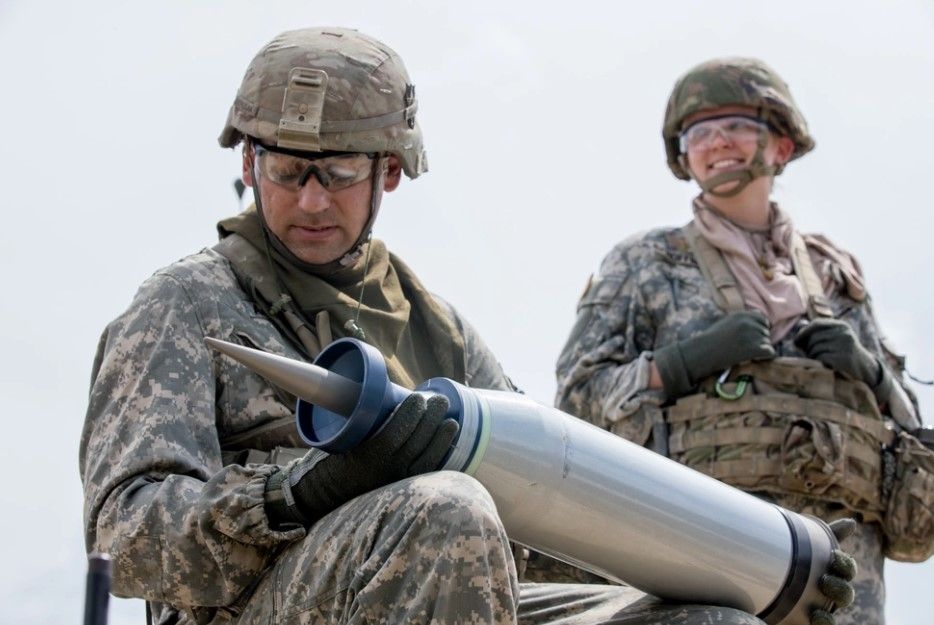
The depleted uranium munition can penetrate 700 mm of tank armor at a distance of 2 km.
There are many types of ammunition designed to destroy armored targets. However, depleted uranium shells remain one of the most effective types of ammunition for anti-tank warfare.
Depleted uranium is a product that arises in the process of enriching uranium for nuclear power. Its peculiarity is that it is more dense and has outstanding penetration ability. These properties made it an ideal material for creating armor-piercing shells.
Depleted uranium ammunition is used to destroy armored targets, primarily tanks. They have become an integral part of the armament of many troops around the world, including the US Army. One of the most well-known examples of the use of such shells is the Abrams tank, which is equipped with M829 armor-piercing sub-caliber depleted uranium shells.

The core of such shells consists of an alloy of uranium and other metals, which gives them high penetration. When hitting tank armor, these shells are capable of penetrating armor thicknesses that are far beyond the capabilities of conventional ammunition. For example, an M829A4 projectile with a core length of 800 mm and a diameter of 25 mm can penetrate at least 700 mm of tank armor at a distance of 2 km. This makes it one of the most powerful and effective armor-piercing projectiles in the world.
Depleted uranium shells remain an important element in the arsenal of modern armies and are used to destroy armored targets. Their outstanding penetration capability makes them an integral part of the anti-tank strategy.

